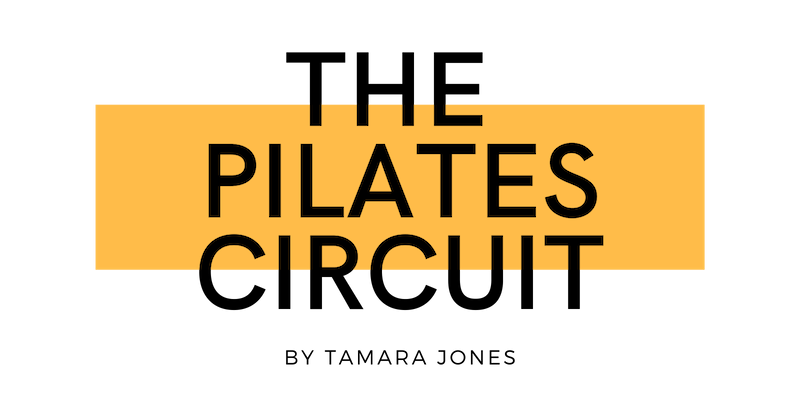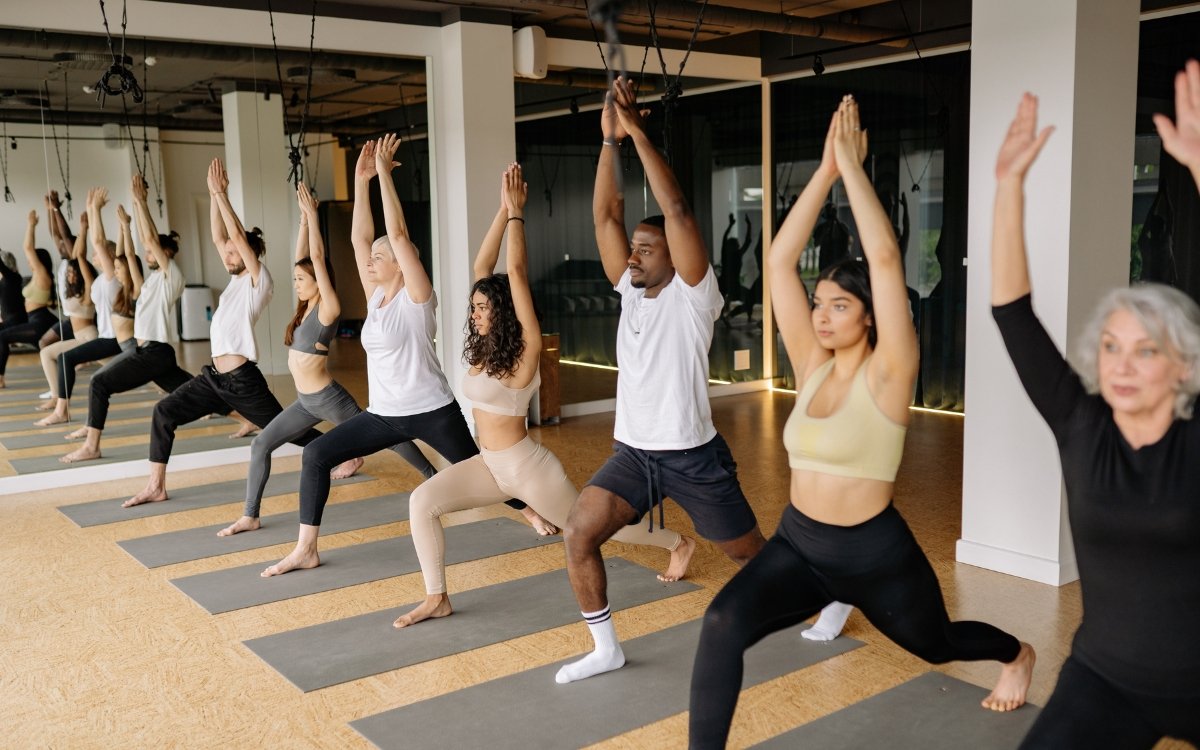Yoga vs Pilates for Back Pain: Which Is More Effective?
The search for back pain relief might lead to alternative therapies like yoga and Pilates. While both practices offer distinct benefits, understanding the nuances of yoga versus Pilates for back pain management can help you make an informed decision.
Navigating Back Pain & Its Effects
Back pain impacts daily activities and quality of life.
Common Causes of Back Pain
Back pain can arise from strain or injury to muscles, ligaments, or discs in the back. Common causes include poor posture, improper lifting of heavy objects, sudden movements, and repetitive actions that strain the back.
Additionally, stress and psychological factors may exacerbate discomfort by causing muscle tension.
How Pilates Can Help With Back Pain
As a low-impact exercise method, Pilates can alleviate back pain. Here's how:
#1) Strengthen Your Core
Pilates focuses on strengthening the core muscles, including the abdominals, back, and pelvic floor, which can provide support and stability to the spine.
#2) Increased Flexibility
Through controlled movements and stretches, Pilates improves flexibility and reduces muscle tension and stiffness often associated with back pain.
#3) Posture Correction
Pilates emphasizes proper alignment and posture, helping correct imbalances contributing to back discomfort.
Yoga's Role in Back Pain Management
Yoga helps alleviate tension, improve flexibility, and strengthen the muscles supporting the spine. Poses such as cat-cow, downward-facing dog, and child's pose target areas of discomfort while promoting proper alignment and posture.
Yoga also encourages relaxation and stress reduction, easing muscle tension and alleviating chronic pain.
Yoga vs Pilates for Back Pain Relief: Which Is Right For Me?
Choosing between yoga and Pilates depends on individual preferences, goals, and the nature of one's back pain. Yoga emphasizes flexibility, strength, and mindfulness through a series of poses and breathing exercises.
Pilates focuses on core strength, stability, and alignment using controlled movements and equipment like reformers and resistance bands to target muscles supporting the spine.
Key Considerations
The method for alleviating your back pain will depend on your individual preferences, needs, and the guidance of qualified instructors or healthcare professionals. It may also involve a combination of both yoga and Pilates.
Consistency and commitment to regular practice are crucial, and a holistic approach that incorporates lifestyle modifications may offer the most comprehensive solution for long-term back pain relief.
How To Get Started
Consult with a qualified instructor or healthcare provider to tailor a program suited to your needs and abilities. Listen to your body, progress at your own pace, and be patient with yourself.
Is Yoga Or Pilates Better For Sciatica?
Both yoga and Pilates can offer relief for sciatica. Pilates emphasizes core strength, stability, and controlled movements, which can help alleviate pressure on the sciatic nerve and improve overall spinal alignment.
Yoga focuses on flexibility, strength, and mindfulness, offering gentle stretching and strengthening poses that relieve tension and compression along the sciatic nerve.
Incorporating Pilates into Your Back Care Routine
For those inclined towards Pilates, here are some beginner tips to maximize its benefits:
Beginner Tips for Pilates Success
Start with basic exercises and focus on mastering the foundational principles of Pilates, such as breathing, alignment, and core engagement.
Seek guidance from a certified Pilates instructor to ensure correct technique and receive personalized feedback.
Listen to your body and progress at your own pace, gradually increasing the intensity and complexity of exercises as strength and proficiency improve.
Consistency is critical, so establishing and committing to a regular practice schedule will yield the best results over time.
Stay patient and embrace the learning process with an open mind.
Conclusion: A Balanced Approach to Back Pain Relief
A balanced approach incorporating yoga and Pilates can offer comprehensive benefits for alleviating back pain. Integrating these practices into your routine enhances core strength, flexibility, and well-being.
Transform your fitness journey with private 1x1 Pilates in New York. At The Pilates Circuit, we specialize in personalized one-on-one training tailored to your unique goals. Whether you're improving posture, building strength, or enhancing mobility, our expert instructors are here to guide you every step of the way.
Book an intro session to experience how targeted training can make a difference in your life. Choose from our Chelsea Private Pilates Studio or NOMAD Pilates Studio for a welcoming and focused environment.
FAQs
-
Pilates and Yoga have some similarities, but they are not the same exercise form. Both focus on mind-body connection, breath control, and movement.
However, Pilates emphasizes core strength, stability, and controlled movement, while Yoga focuses more on flexibility, balance, and spiritual aspects.
Fundamentally, Pilates is a workout, while Yoga is a spiritual practice.
-
Pilates is a low-impact exercise method that focuses on strengthening the core muscles, improving flexibility, and enhancing overall body awareness and control.
Pilates exercises are performed with precise movements and controlled breathing patterns, emphasizing quality of movement over quantity. Some benefits of Pilates include improved posture, increased muscle tone and strength, enhanced flexibility, and reduced risk of injury.
When you know how to move slowly and from the core, you learn how to control everything else.
-
Yes, Pilates is suitable for beginners and can be adapted to accommodate individuals with injuries or physical limitations. Pilates exercises can be modified to suit different fitness levels and abilities, allowing beginners to progress at their own pace and individuals with injuries to participate safely.
A qualified instructor can provide guidance on appropriate modifications and ensure exercises are performed with proper form and technique to minimize the risk of exacerbating injuries.
The beauty of Pilates is how customizable it can be. As long as you’ve been cleared to work out by your Dr or Physical Therapist Pilates is the perfect next step.
Meet Tamara – Your Pilates Expert
Hi! I’m Tamara, a Certified Pilates Instructor and founder of The Pilates Circuit in NYC. With 9+ years of experience, I specialize in results-driven, athletic Pilates to improve posture, core strength, and overall wellness. Whether you're recovering from diastasis recti or leveling up your fitness, I’m here to guide you every step of the way!
Find us on Instagram:


